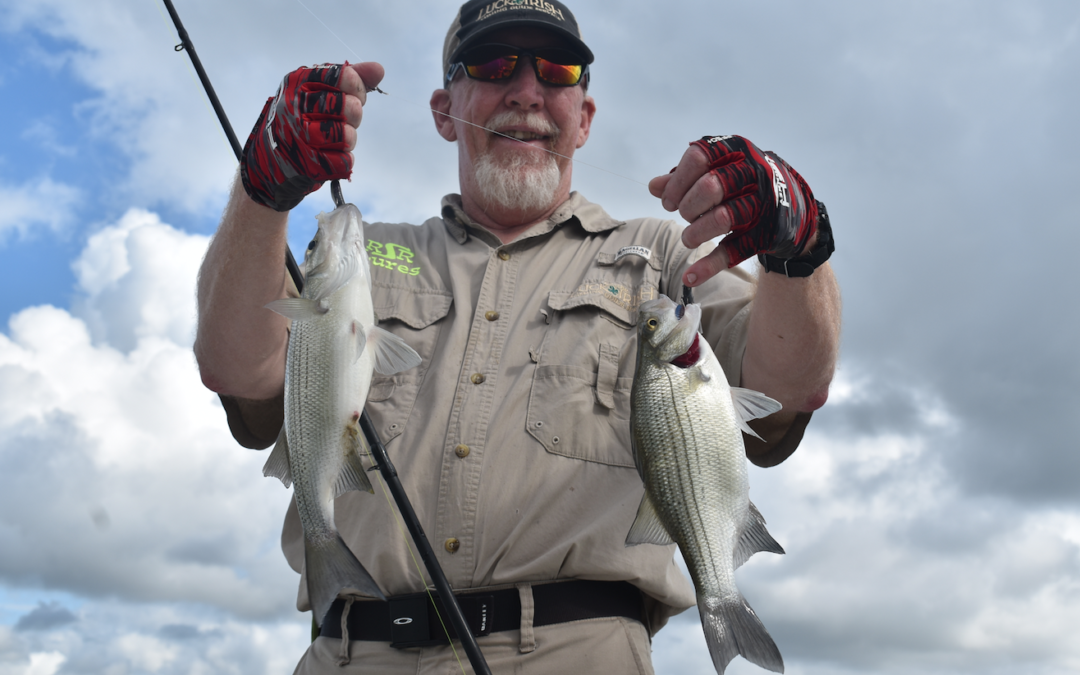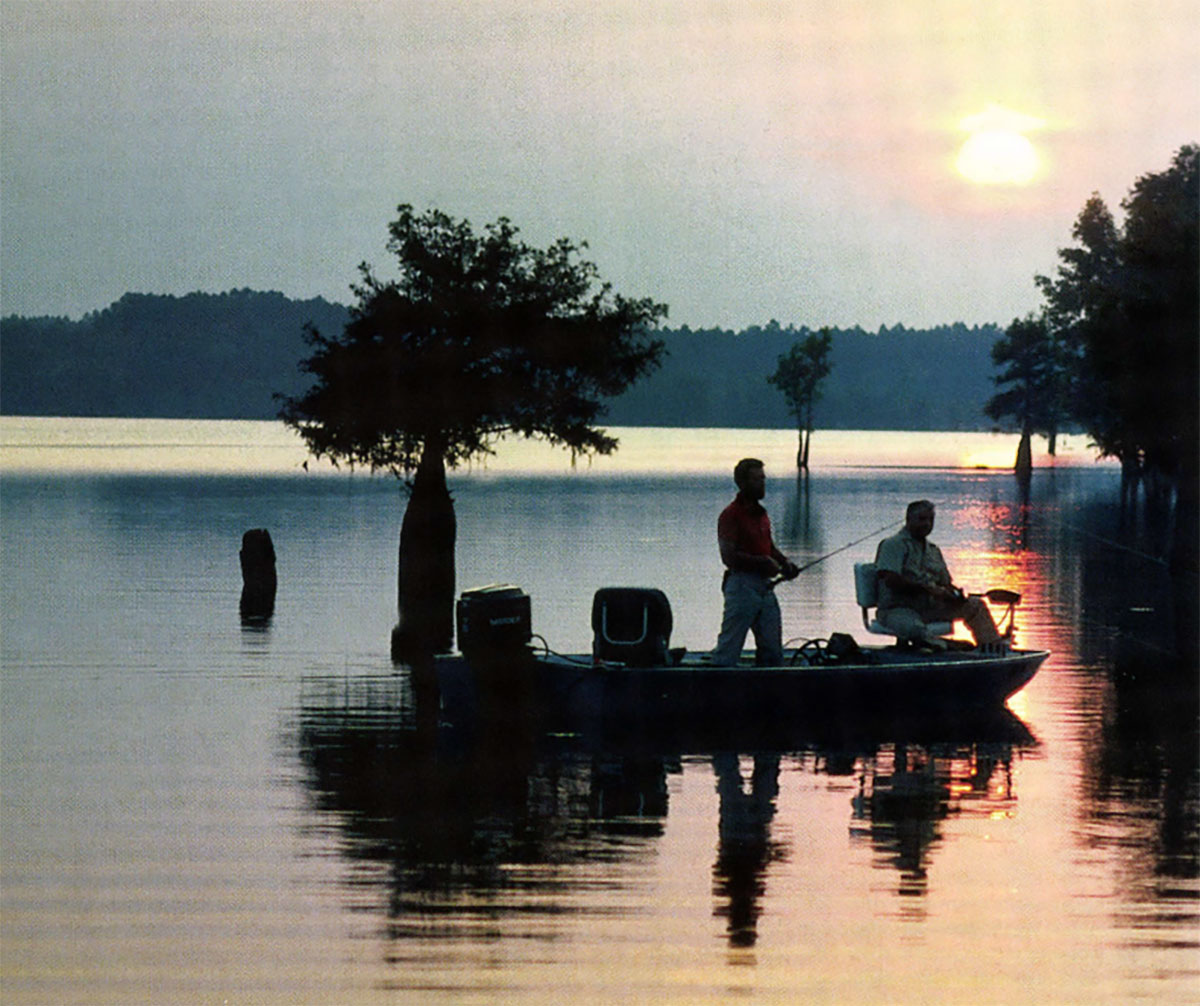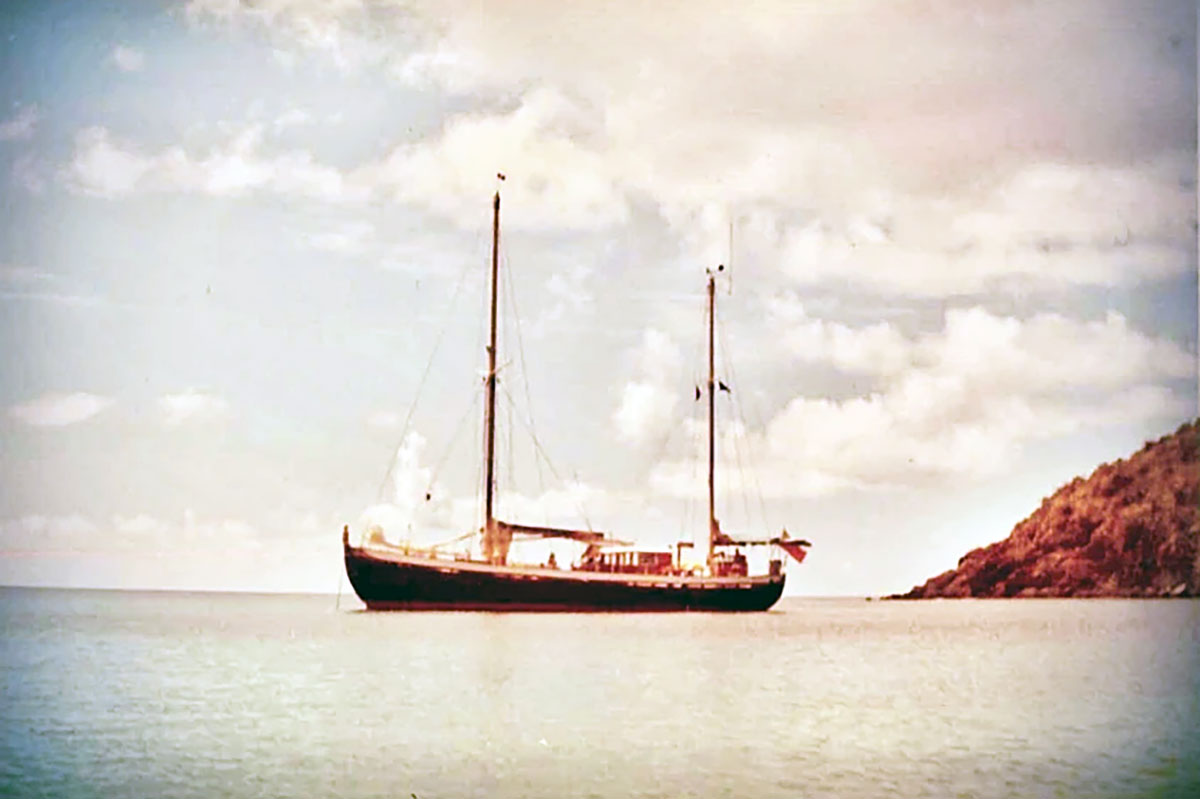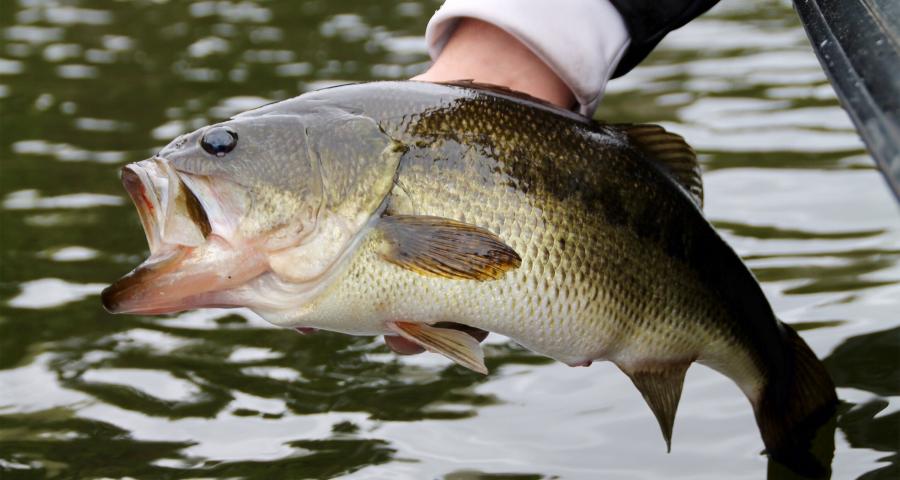The white bass (sand bass) gets my nod as one of the most popular species to be targeted by the largest number of anglers. Here’s why.
If a survey was given to fishermen across the south and southeastern states and the question posed, “What do you consider to be the most ‘fished for’ species? Which species do you think would rank at the top?” I’d think the fish would need to be numerous and widespread, easy to catch and provide the makings of a tasty fish fry. Some would say catfish; it’s hard to beat a big platter of crispy fried catfish fillets and most lakes support a healthy population of catfish. Fishing for largemouth bass is hugely popular, but bass are definitely not the easiest fish to catch much of the time and can be challenging for youngsters learning to fish. Besides, few people consider them a food fish these days. Crappies are notoriously good eating and definitely widespread across the country, but they, too, can be challenging to locate and catch by the rank-and-file angler. This leaves the schooling open water species, stripers, hybrid stripers and yellow and white bass. Which of these species is most widely distributed across the southern states?
White Bass: The People’s Fish
Definitely white bass, I’d say. I think you know where I’m going with this little unofficial survey! Yes, I believe white bass (sand bass) gets my nod as one of the most popular species to be targeted by the largest number of anglers. Why? Well, their numbers are high in many lakes and they are easy to catch by even the youngest anglers…once they are located.
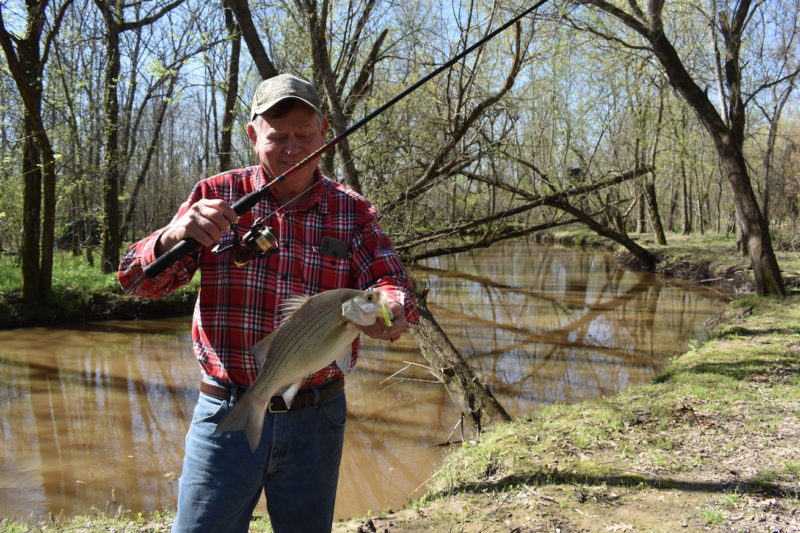
Through my years as an outdoors writer, I have known several fishing guides that centered their careers around putting their clients on white bass. Guide Omar Cotter of Luck O’ the Irish Guide Service chose white bass as his primary species to target a couple decades ago, and his business has grown to the point that he now needs several guides to help him keep up with the demand to take folks fishing for this popular species.
Cotter and his team of guides primarily target white bass on Lakes Grapevine and Tawakoni in northern Texas, but they are also adept at catching stripers and hybrid stripers. This past week, I joined the popular guide on the white-bass-rich waters of good old Tawakoni and landed a limit of hard fighting, good eating white bass as well as several chunky yellow bass to round out a big fish fry. I have long been a big fan of fishing for and eating white bass. I began fishing for them in creeks as early each year as late February when they pack the streams during their annual spawning run, but I absolutely love catching them during the summer months when they congregate in the lakes in huge schools.
They Can Run, But They Can’t Hide
But like any fish, white bass can be tricky to locate at times. Catching them is usually easy, but finding them is often the trick. While fishing with Cotter this past week, he made the statement that with today’s modern sonar, “They can run, but they can’t hide.” He had fished the day before off a series of main lake points, and top water schooling activity was the name of the game during the first couple hours of daylight. We were setting in his boat the next morning, right in the middle of the previous hotspot, but nary a surface disturbance did we see. The top water feeding frenzy of the day before had ceased and it was time to begin looking at bottom structures, humps and ridges for the fish.
With a couple hundred waypoints that usually hold fish on his GPS unit, the guide plugged in a nearby waypoint. Once over the structure, a glance at the graph would let us know if we needed to fish or move on to the next spot. The first spot we checked was a long submerged ridge and baitfish (shad) lit the graph up. Below the bait was a mass of white bass that blackened the screen from bottom up several feet. We promptly dropped slabs down to bottom and began working them up vertically through the fish.
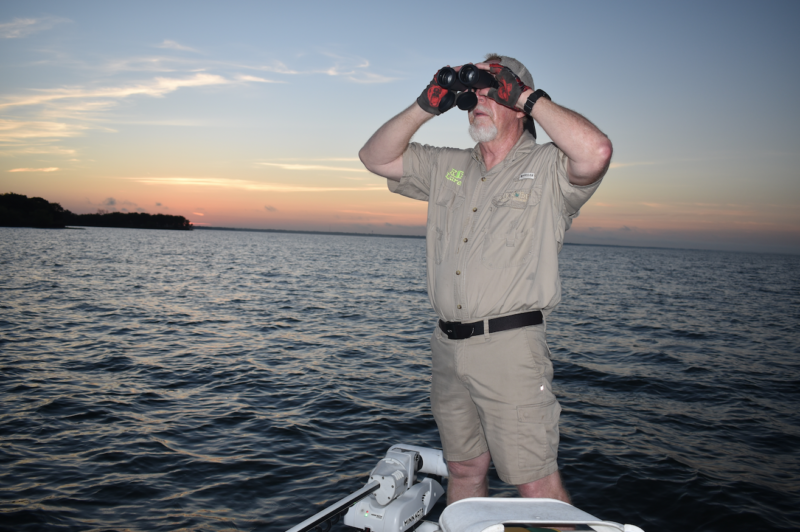
Why a white bass will hit a slab in the middle of kazillions of live shad has always been a mystery to me, but hit them they did and we soon had several chunky white bass on ice and then…the school disappeared along with the bait and the catching abruptly ended.
We continued moving from waypoint to waypoint, picking up a few fish at each spot, but the white bass, nor the shad they were feeding upon, were staying put in one place. They were on the move and the drill was to locate the fish, catch a few before they moved out from under the boat then move to the next waypoint and begin the search anew.
“Luke,” says Cotter, “We can keep playing hopscotch with these fish and round out our limits or we can go to plan B and troll deep diving Hellbender with a couple of small trailer baits and stay in the action.” I was all for staying in the action; I like the possibility of catching two chunky white bass at a time!
As Omar pointed out, the fish we were catching were definitely relating to structure, long submerged ridges and humps. They were trapping the shad against the structure, which made them easier to catch and eat, but the bait was on the move, fleeing to escape the feeding white bass.
“Let me locate the top of this ridge and toss out a marker buoy. We will position the boat out from the structure and when our baits reach the top of the ridge, we should both be getting bit!”
We began letting line out about 50 yards from the structure, and by the time our Hellbenders with trailer baits began to “tick” to top of the ridge both rods bowed heavily. We each had hooked fish on both trailer baits. It didn’t take us long to fill out our limit using this technique.
White bass is definitely an “action” fish and there is many effective ways to fish for them. As Omar says, catching white bass is usually pretty easy, finding them can sometime be tricky! With all those waypoints stored in his graph and a quarter century of experience fishing for them, Omar Cotter defiantly has the odds stacked in his favor.
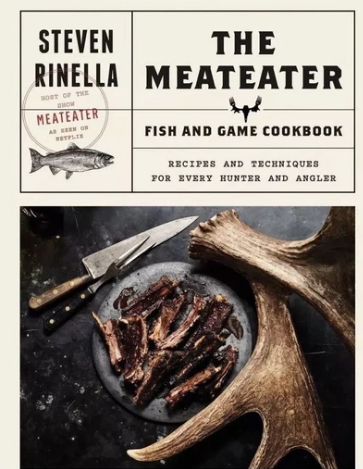 From the host of the television series and podcast MeatEater, this long-awaited definitive guide to cooking features more than 100 new recipes for wild game, fish and waterfowl.
From the host of the television series and podcast MeatEater, this long-awaited definitive guide to cooking features more than 100 new recipes for wild game, fish and waterfowl.
In this comprehensive volume, Steven Rinella gives step-by-step instructions on how to break down virtually every variety of North American fish and game in a way that is best for cooking, offers advice on which types of fish or game—and which cuts in particular—work best for various preparations, provides recipes and cooking tips from other renowned hunters and chiefs, and includes instructions for making basic stocks, sauces, marinades, pickles, and rubs that can work with a variety of wild game preparations. Readers will be delighted by Rinella’s personal stories, both of cooking and hunting, as well as his insights into turning the wild game he harvests into food. Shop Now

